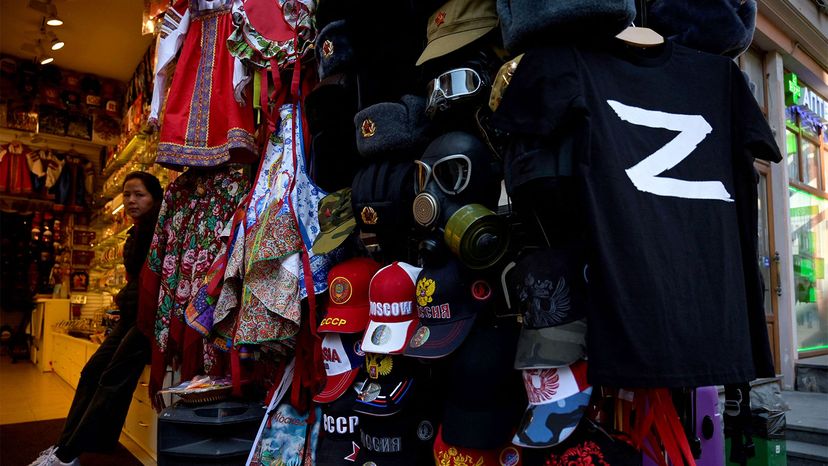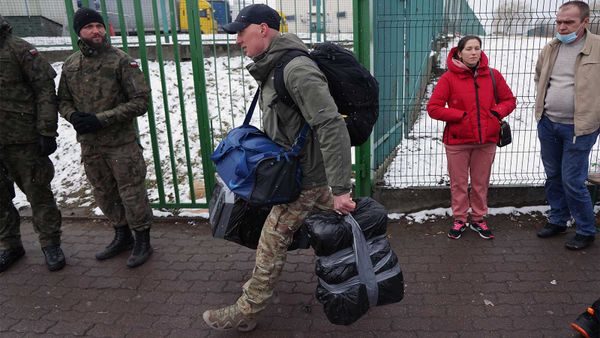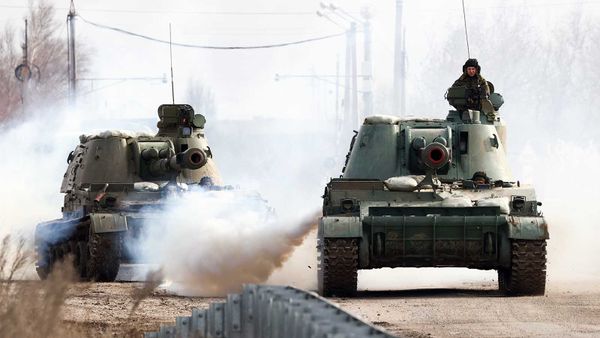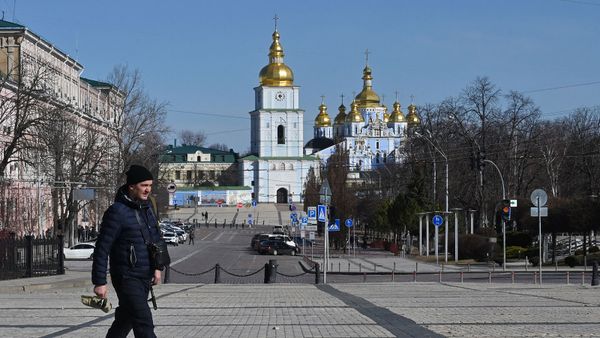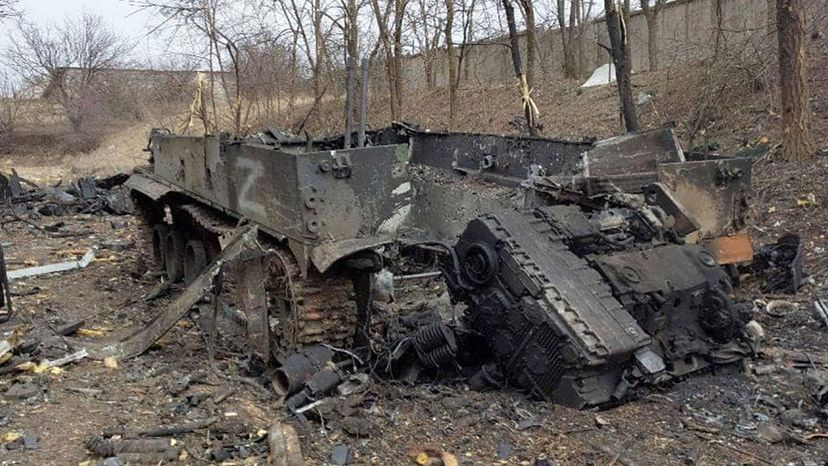
Painted on the side of tanks and emblazoned on the shirt of Russian gymnast Ivan Kuliak, the letter Z has come to represent support for Russia's invasion of Ukraine. It has even been incorporated into the spelling of place names such as КуZбасс in south central Russia.
In some countries, the Czech Republic for instance, there are even discussions about whether displaying the letter should be a criminal offence. Its rise comes shortly after another lesser-used letter from the Latin alphabet — Q — became a part of far-right politics in the U.S. (and abroad) through the conspiracy theory QAnon.
Advertisement
The use of symbols is a fundamental part of any political conflict — part of the propaganda strategy that tries to shape the public narrative. But what is most interesting is how these effective symbols emerge, and that some of them resonate so powerfully that they end up banned as a form of hate speech.
The war for public opinion that runs alongside the actual war in Ukraine has given rise to a host of symbols representing support for one side or the other. Twitter is full of people adding the Ukrainian flag emoji to their name. The defiant words of the Ukrainian defenders of Snake Island — "Russian warship, go **** yourself!" — have become a powerful underdog slogan, and even the basis for an official Ukrainian postage stamp.
On the other side, the most notable symbol has been the simple Z. There have been many theories about why this letter has become a pro-war symbol, and what its origins might be. Is it because it represents the Russian word for west (zapad), the direction in which Putin's tanks are rolling? Or is it shorthand for Za pobedu — "for victory"? There is also the oddity that the Cyrillic alphabet doesn't have a sign resembling Z. The zee sound is written as З.
Advertisement
